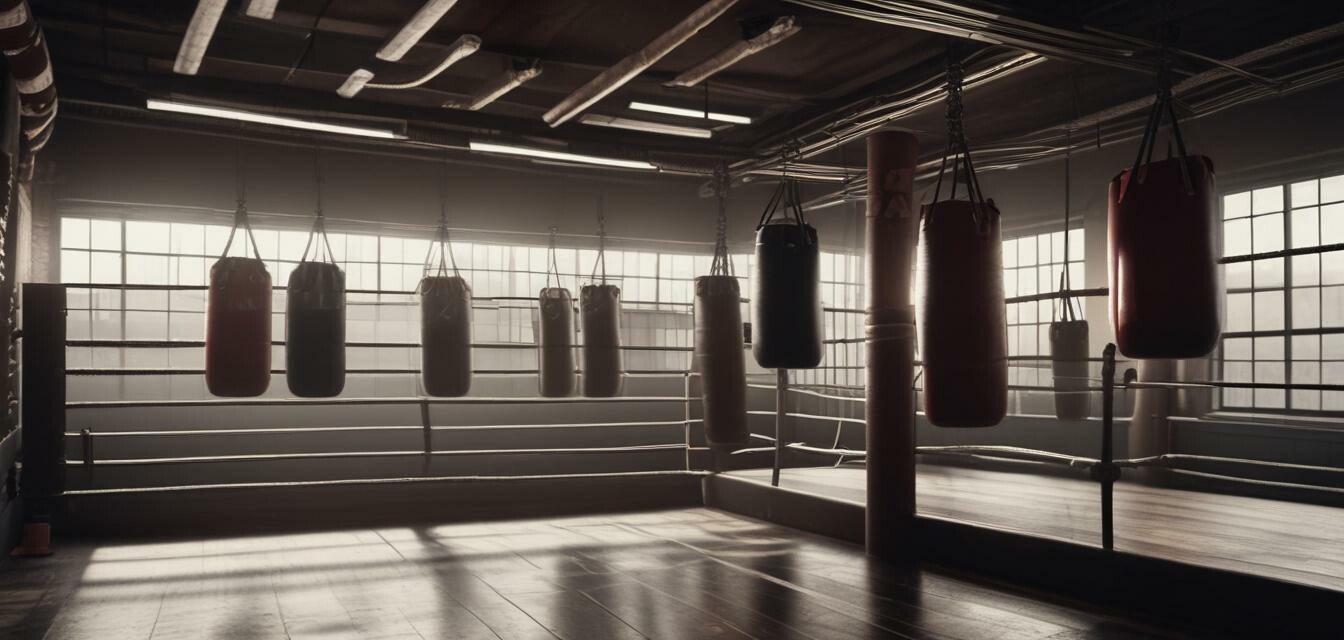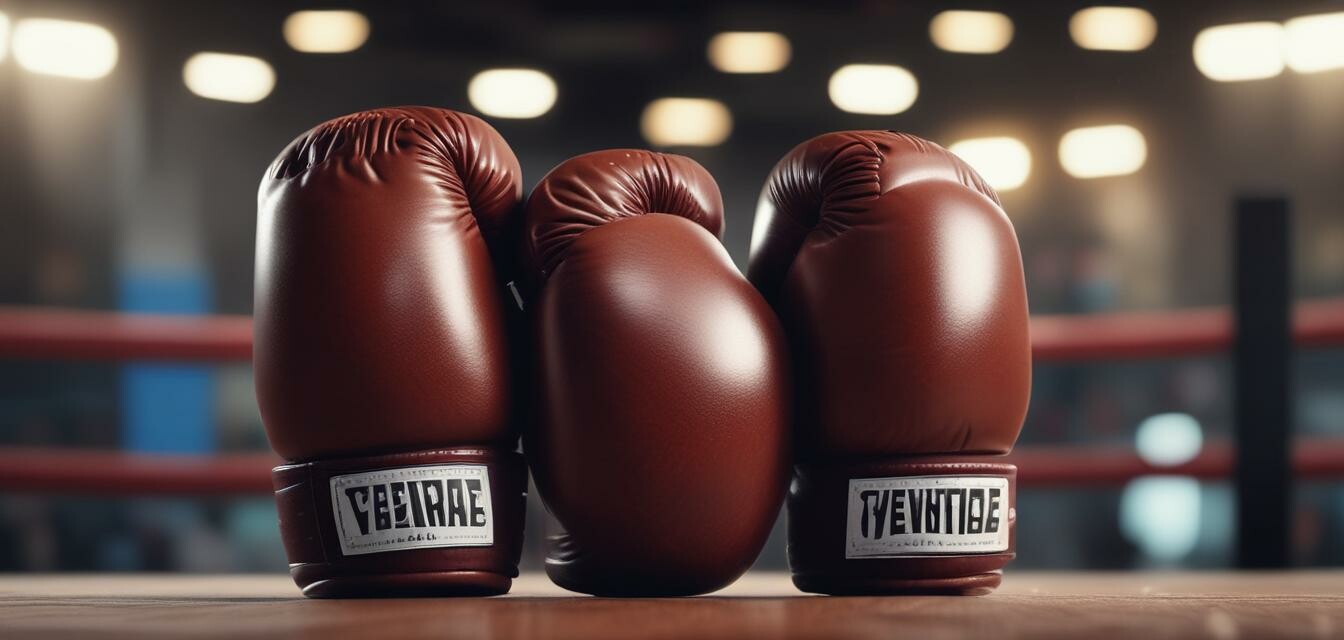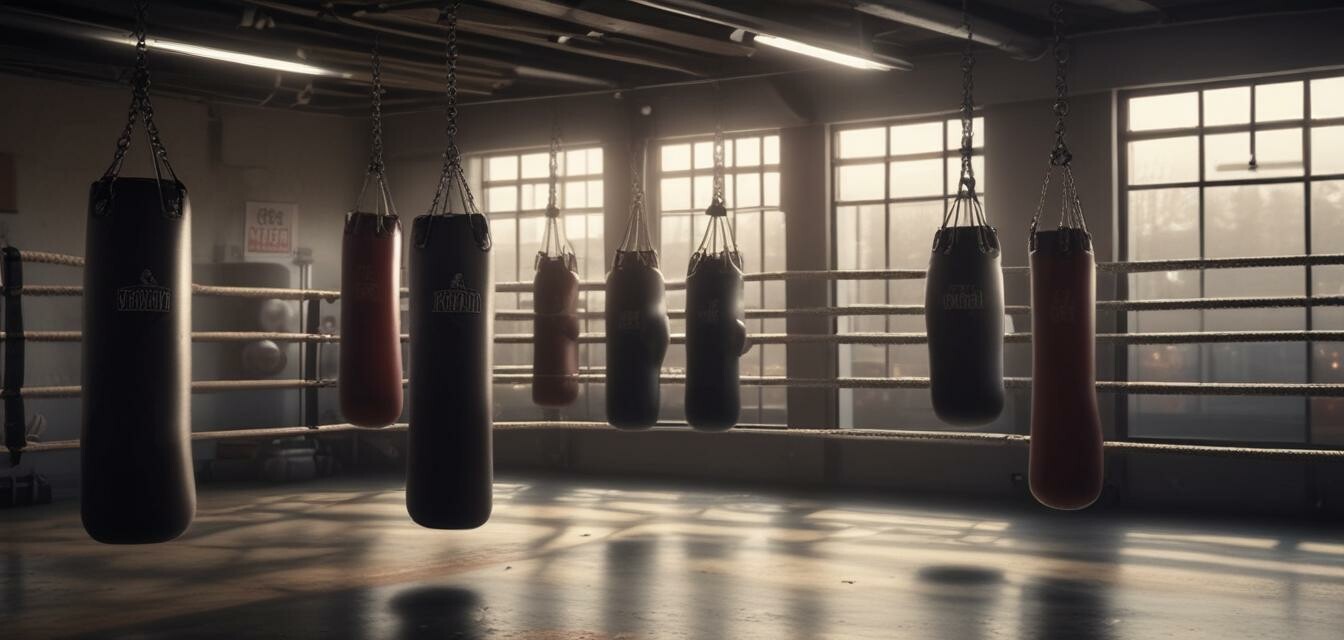
Boxing Styles and Techniques
Boxing is a highly technical and nuanced sport that requires a deep understanding of various styles and techniques to succeed. From beginners to advanced boxers, mastering different styles and techniques is crucial to improve performance and gain a competitive edge.
Key Takeaways
- There are four main boxing styles: Orthodox, Southpaw, Brawler, and Out-Boxer
- Each style has its strengths and weaknesses, and understanding them is key to developing a well-rounded technique
- Mastering defensive techniques such as blocking, slipping, and bobbing is essential for success in the ring
- Offensive techniques like jabbing, hooking, and uppercutting require precision and power
Boxing Styles
There are four main boxing styles, each with its unique characteristics and advantages.
| Style | Description | Strengths | Weaknesses |
|---|---|---|---|
| Orthodox | A traditional style where the boxer fights with a right-handed stance | Strong jab, powerful straight punches, and effective defense | Vulnerable to southpaw opponents, can be predictable |
| Southpaw | A left-handed stance that can be unsettling for orthodox opponents | Unpredictable, strong left hook, and effective counterpunching | Weaker right hand, can struggle with orthodox opponents |
| Brawler | An aggressive style that focuses on wearing down opponents with relentless pressure | High volume of punches, strong conditioning, and ability to take punishment | Poor defense, vulnerable to counterpunching, and can tire easily |
| Out-Boxer | A style that focuses on speed, agility, and quickness to outmaneuver opponents | Fast footwork, strong jab, and effective ring generalship | Weaker punching power, can struggle with aggressive opponents |
Defensive Techniques
A strong defense is essential in boxing, and mastering various defensive techniques can make all the difference.
- Blocking: Using the arms and gloves to deflect incoming punches
- Slipping: Sliding the head to the side to avoid punches
- Bobbing: Moving the head up and down to avoid punches
- Weaving: Moving the head from side to side to avoid punches
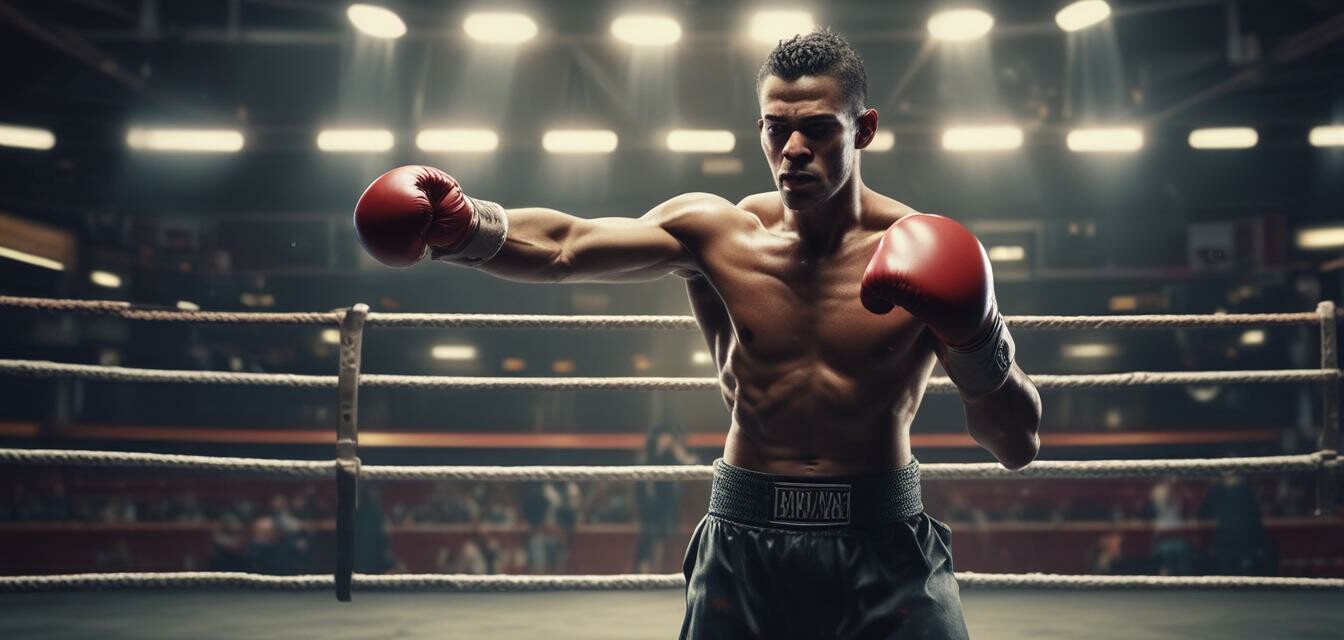
Offensive Techniques
A strong offense is crucial in boxing, and mastering various offensive techniques can help boxers gain an upper hand.
- Jabbing: Throwing quick, straight punches to create distance and set up other attacks
- Hooking: Throwing curved punches to target the sides and back of the head
- Uppercutting: Throwing punches that target the chin and nose
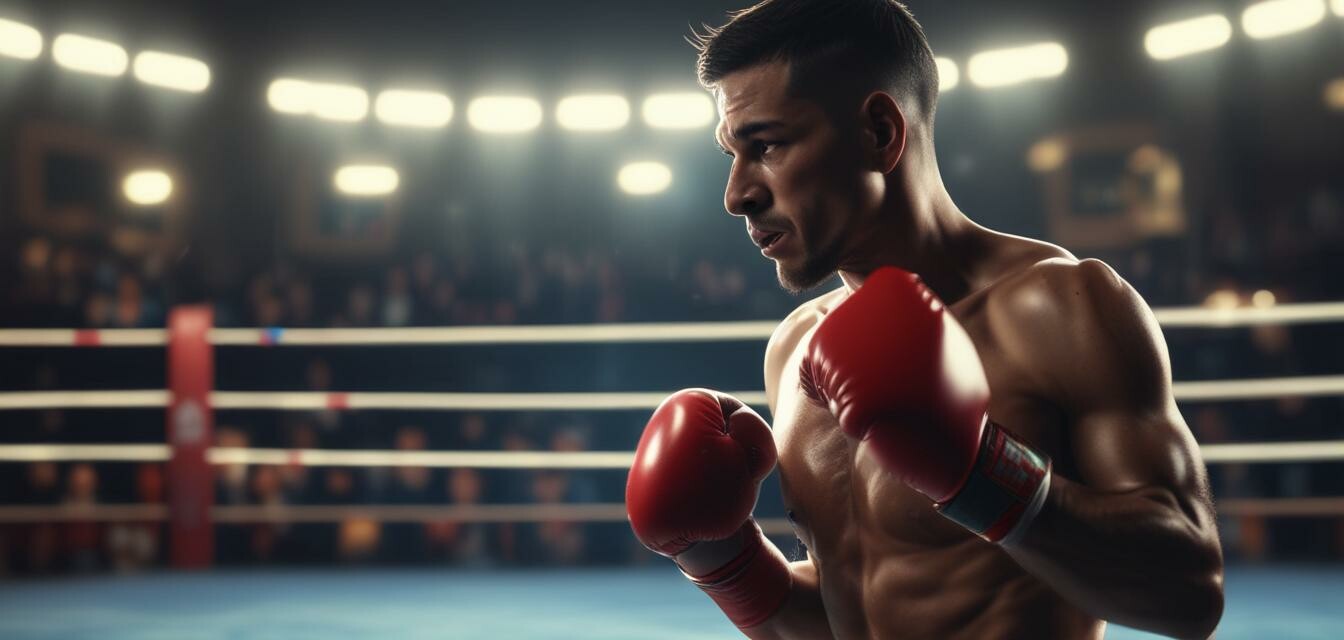
Tips for Beginners
- Start with the basics: Focus on mastering the fundamental techniques before moving on to more advanced moves
- Practice regularly: Consistency is key when it comes to improving your boxing skills
- Find a good coach: Working with a experienced coach can help you improve faster and avoid bad habits
At Top Boxing, we offer a wide range of boxing gloves, boxing shoes, and boxing shorts to help you train and perform at your best.
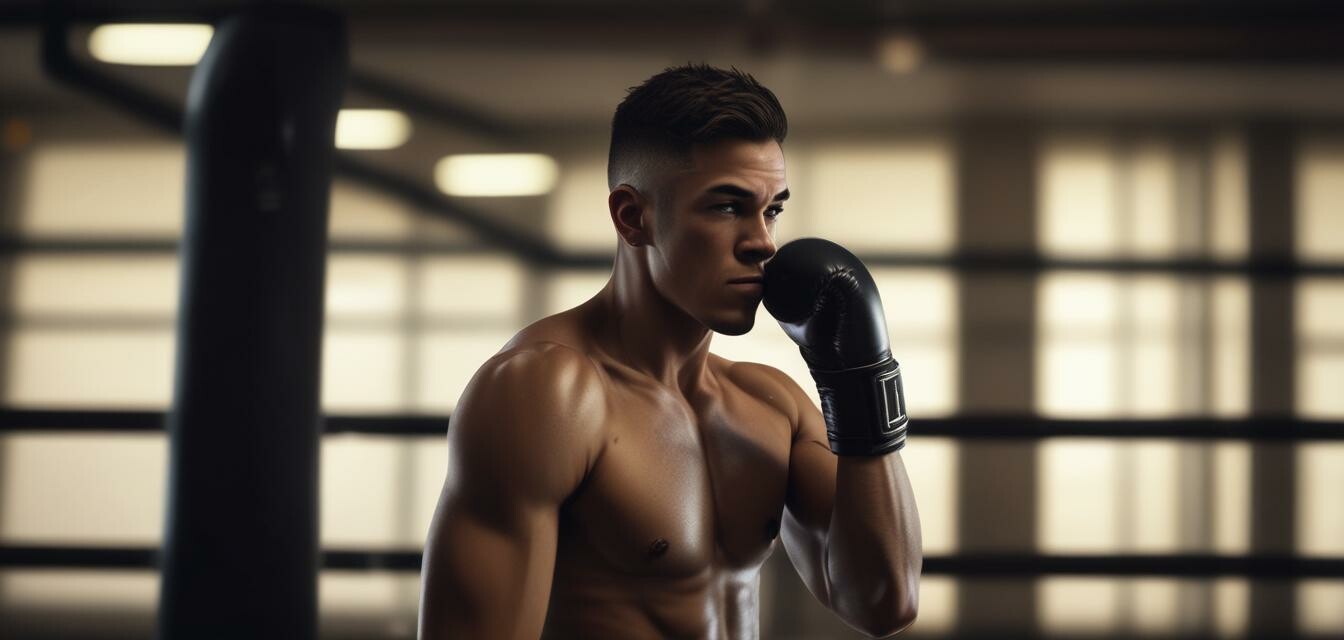
Conclusion
Mastering various boxing styles and techniques takes time, patience, and dedication. By understanding the strengths and weaknesses of each style and technique, boxers can develop a well-rounded skillset that helps them succeed in the ring.
Pros
- Improves overall boxing skills
- Increases confidence in the ring
- Enhances defensive and offensive capabilities
Cons
- Requires consistent practice and dedication
- Can be difficult to master certain techniques
- May not be suitable for all boxers

